GUEST POST: WW2 ‘brown baby’ Paul Sproll on finding his British family at 80 years old
When Paul Sproll took a DNA test in his seventies, he ended up discovering not only his African American heritage, but information that would eventually lead him to a moving reunion with the extended white British family he was so long denied.
Paul’s journey of discovery resonates with many other of Britain’s so-called ‘brown babies’ - children born to Black American GIs and white British women during and after WWII – who are using DNA testing to find relatives they have been long searching for, as well as those they never knew they had. In a guest post for The Mixed Museum, Paul reflects on his unexpected discovery and meeting his extended English family at the age of 80 for the first time.
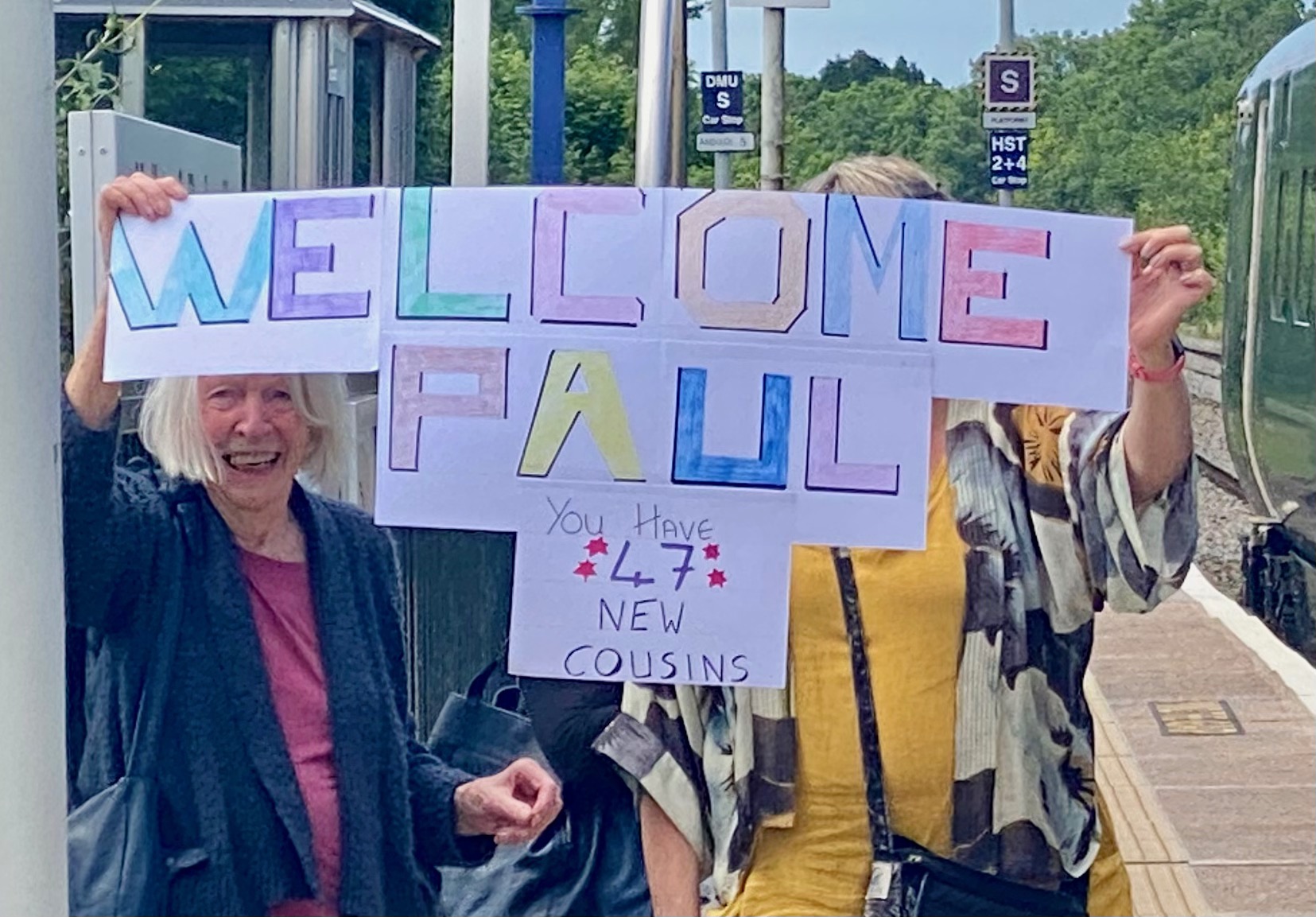
"It’s Never Too Late for a Journey of Unexpected Discovery"
I celebrated my 80th birthday in May this year. Like many others my age, I have recently found myself reflecting on my past and considering the future. However, for me, the most important unanswered question that has followed me throughout my life is: Who was my biological father?
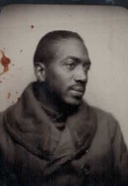
Silence and half-truths finally explained by DNA testing
I was born in Bath, Somerset, in 1945, to a white English woman and an unknown father. My mother's pregnancy at age 21 and unmarried led her parents to give her an ultimatum: give up the child or be disowned. She refused and kept me close, which took enormous courage. A recurring theme in my reflections on this life journey is how silence, half-truths, and estrangement prevented a complete understanding of my genetic identity. My mother, born in Bradford-on-Avon, Wiltshire, and who passed away three years ago, just one week shy of her 99th birthday, was notably unresponsive throughout much of her life whenever questions about my biological father's identity arose.
It was only ten years ago, when DNA testing confirmed my African American heritage, that I felt empowered to ask my mother whether my biological father was Black. To my astonishment, given the silence of the past, my mother immediately responded, "Yes, and I loved him."
This straightforward yet startling admission was an incredibly emotional moment for me. In hindsight, it became a crucial catalyst for a remarkable journey of discoveries, which has led to the identification of my biological father as John Lloyd Harrell Sr, as a Black American GI stationed in England in 1944. However, sadly, my discovery came about twenty-five years after he had passed away. It was only on a friend's recommendation that I read Lucy Bland's book Britain's Brown Babies: The stories of children born to black GIs and white women in the Second World War that I learned that I am indeed one of those approximately three thousand such children.
Unexpected family connections in Wiltshire
When I started my genealogical research, my only goal was to identify my biological father. I wasn't planning to explore my mother's family history, which one of my sisters has been researching for years. It's not that I lacked curiosity about my mother's background, but as my siblings and I grew up and into adulthood, my mother's separation from her parents and siblings (she was the oldest of seven children) cast a constant shadow over our family life.
The rift kept my siblings and me disconnected from my mother's large family, and that divide might have persisted had it not been for two key events. The first was a condolence card sent after my mother's death. The second was a spontaneous decision of mine to message a close family relative who had appeared on my Ancestry maternal DNA match list. Both events led to two extraordinarily emotional gatherings with relatives from my mother's side during a visit to England from my home in America, where I have lived for nearly forty years.
The condolence card prompted me to contact the sender, an unknown cousin of mine, whose father was my mother's youngest brother. My cousin's response was incredibly warm, and she displayed an eagerness to learn more about me and my mother, her aunt, who was a family figure shrouded in considerable mystery. So, this summer, in Bradford-on-Avon, my mother's hometown, my wife and I met my cousin, her father (my uncle), and my cousin's partner. I find it hard to put into words the joy I felt on meeting these relatives.
During our several-hour meeting, we shared our mutual sadness about the impact of the legacy of silence about my mother within her family. Indeed, silence's grip was such that I learned my uncle had not known until my mother's passing that he had another sister, the oldest of his parents' children. And I sensed in my uncle a deep-felt regret that he never got to know my mother or understand the circumstances that led to his oldest sister's disappearance from the family. It was, therefore, wonderful that I could now share the richness of my mother's story with these close relatives of mine.
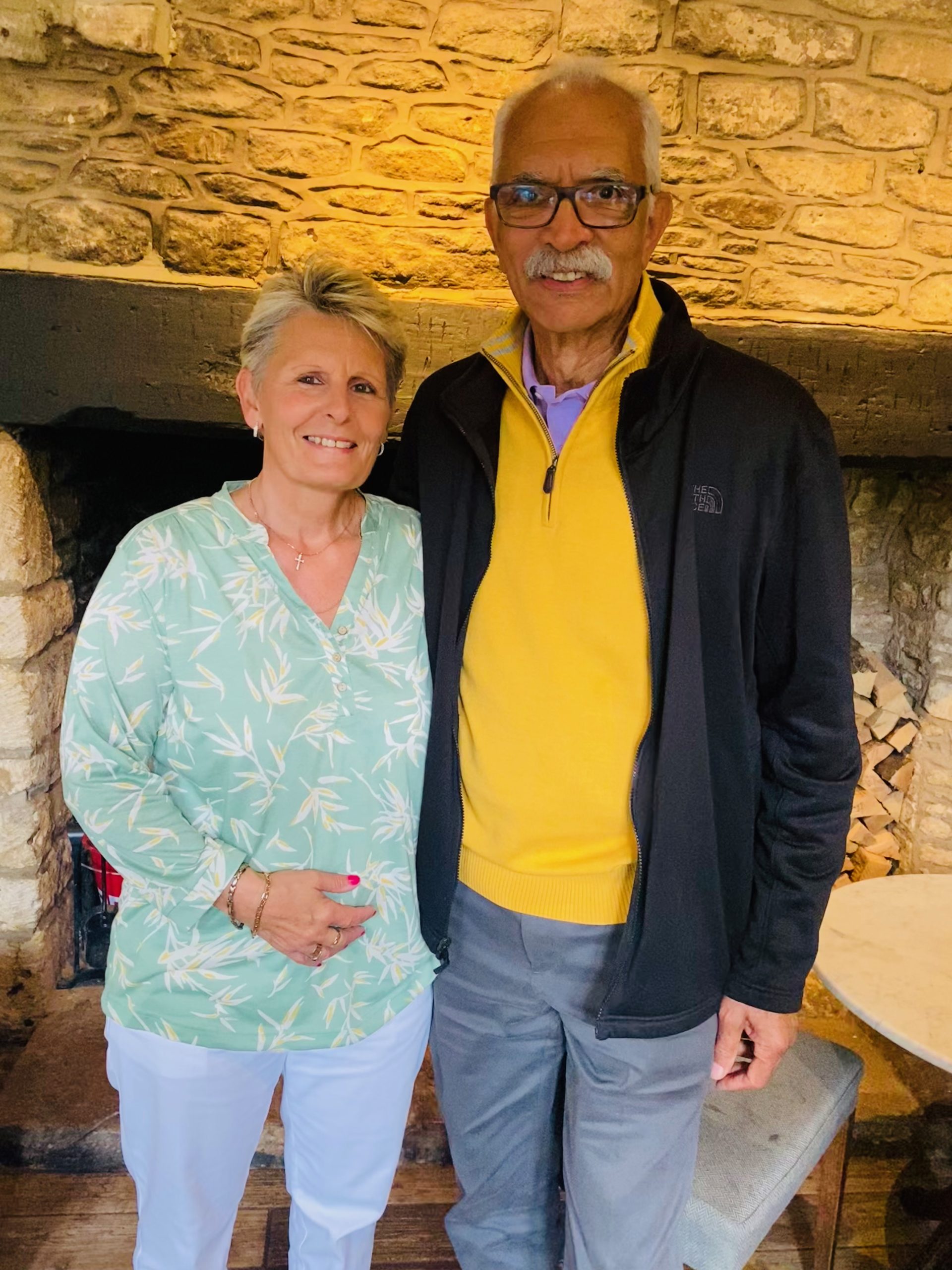
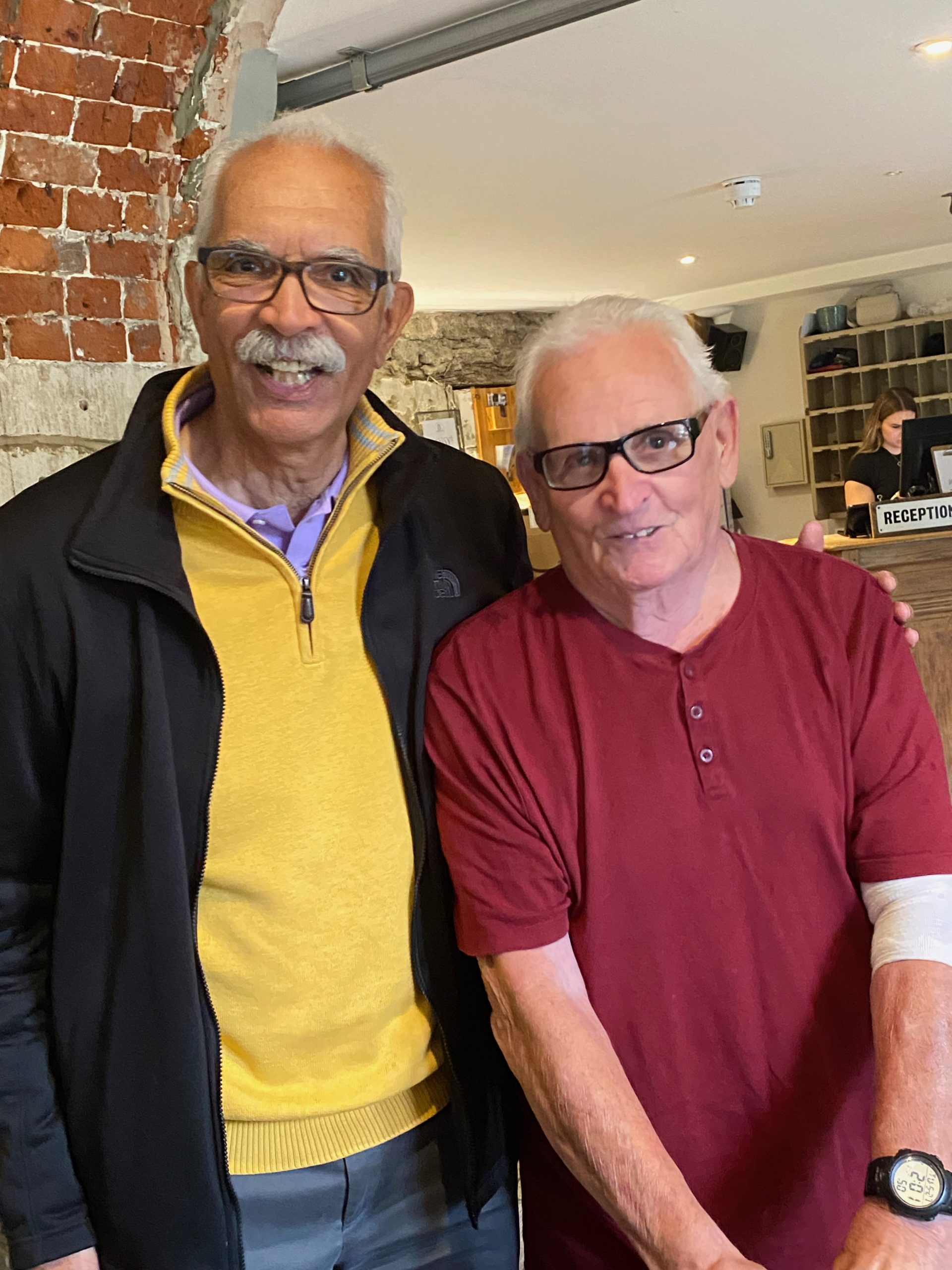
How a spontaneous message on Ancestry led to an emotional meeting in England
I never would have imagined what would come from messaging an unknown close family member listed as a first cousin once removed on my Ancestry maternal DNA match list. It quickly led, in January, to a phone call with a very sharp and witty 91-year-old cousin. She shared that she had fond memories of Bradford-on-Avon during the war and that she had lived with her sister for a time with my mother's parents to avoid the bombing in Bristol. Importantly, she also recalled that she and her sister overheard aunts talking about my mother's pregnancy when they didn't realize the children were listening. This was extraordinary new information for me, especially since it was being recounted by a relative who was there at the time. What moved me most about her story was that these young cousins saw my mother's situation through the innocent eyes of children, believing it was romantic, and they thought my mother was courageous for standing her ground. We instantly knew we had to meet, and it was agreed this would happen in Nailsea, near Bristol, the day after the Bradford-on-Avon gathering of my other newfound relatives.
When my wife and I set off by train to Nailsea, I had no idea what to expect when we arrived at the station – definitely not a small group of women standing at the end of the platform holding a poster that said "WELCOME PAUL, YOU HAVE 47 NEW COUSINS." It was held by my lively 91-year-old cousin, a daughter, and a niece. In that moment, I felt like a long-lost family member coming home – and, in truth, I was!

During lunch, my cousin's other daughter and her husband joined us. I listened to stories about my grandparents and the family in Bradford-on-Avon. I also shared my mother's story of resilience – her journey as an unmarried, pregnant 21-year-old milk factory worker, rejection by her parents, giving birth to a mixed-race child at the tail end of World War II, navigating a difficult first marriage, and then building a new life with her second husband, whose work with the United Nations took them to exotic postings in Geneva and Tehran. During the conversation, my cousin quietly admitted that she had felt some hesitation before we met, fearing I might blame the family for how my mother was treated. For me, it's never been about blame, only regret and sadness – regret that my grandparents' actions all those years ago separated my siblings and me from an extended Wiltshire family, and sadness that my grandparents would never know the richness of their eldest child's life.
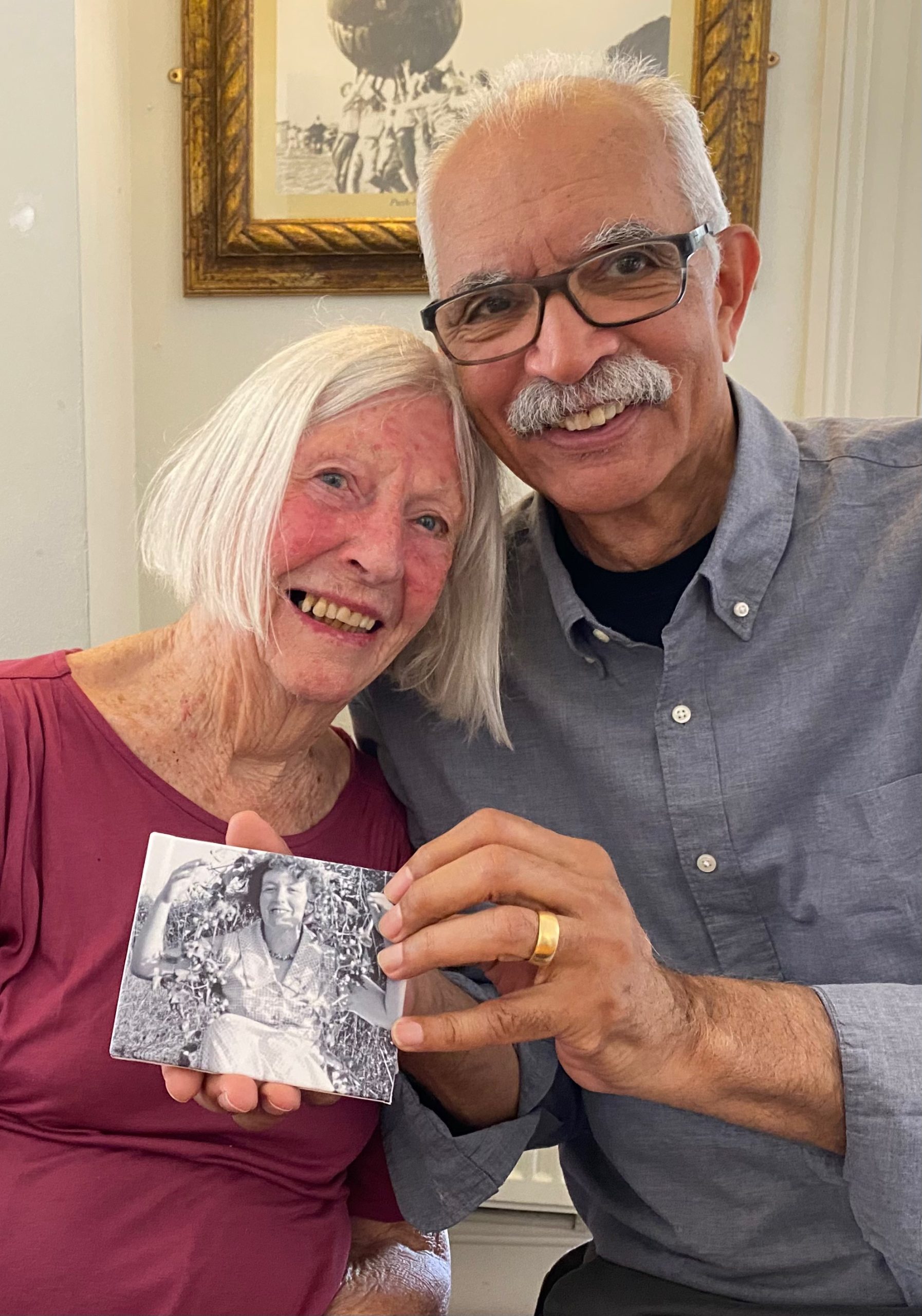
I am forever grateful for the strength my mother showed when facing her parents' demand to place me in care or be cut off from the family. I never imagined that, when I began searching for my biological father, I would not only identify him and uncover my American heritage – tracing back to an African American couple living as free people of color in North Carolina in the early 1800s – but that this journey would also lead, as it did this summer, to two wonderfully joyful reunions with relatives on my mother's side. The fact that the first took place in Bradford-on-Avon, my mother's birthplace, couldn't have been more fitting, especially since, through my presence there, my mother was, though absent, reunited with her family and a town she loved dearly. My journey began with a single question about my biological father. It resulted in his identification, but there was more as it connected me to English family members I never thought I’d know. At 80, I’ve learned that it’s never too late to bring silence into story and discover a greater sense of belonging.
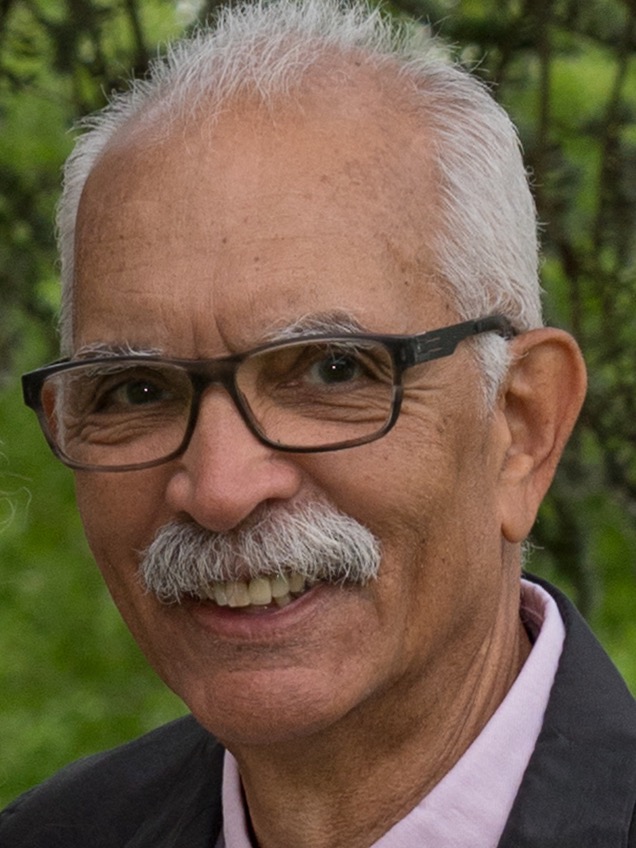
Paul Sproll is a Professor Emeritus in the Department of Teaching + Learning in Art + Design at the Rhode Island School of Design (RISD) in Providence, Rhode Island, USA. During his more than thirty years at the college, he remained dedicated to social justice and promoting equitable access to visual arts education. Before moving to the United States in 1987 to pursue graduate studies at Ohio State University, Paul taught art for nearly twenty years in secondary schools across England and Wales. He became an American citizen in 2022. In retirement, Paul spends his time connecting with family on both sides of the Atlantic, travelling with his wife, continuing his genealogical research and writing, and tending to his garden.
If like Paul, you are the child or descendant of a WW2 or post-war 'brown baby' using DNA testing to find family and would like to join our online support network, please contact us for more details: info@mixedmuseum.org.uk
Learn more
Discover Britain’s ‘Brown Babies’ history at our award-winning digital exhibition, curated with Professor Lucy Bland
Learn about The Mixed Museum’s Reclaiming History Through Science: DNA Testing in the lives of ‘brown babies’ families project
Watch our YouTube interview series 'Brown Babies' DNA Histories featuring people who took part in our Reclaiming History Through Science project
Sign up to our newsletter for latest posts!
Enjoyed this article?
Sign up to The Mixed Museum’s newsletter to stay updated when new blog posts like this go live. We send highlights from the museum's collection, links to new articles, and other interesting updates direct to your email inbox once a month.

